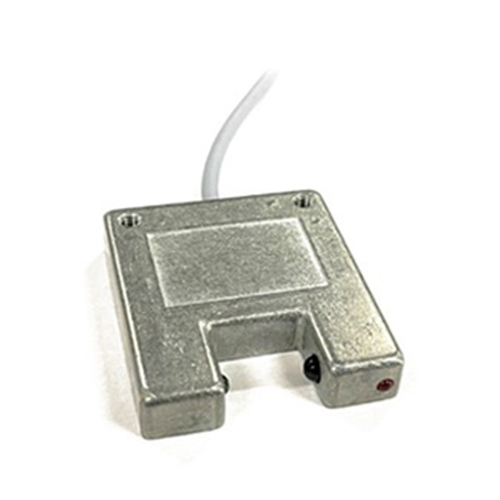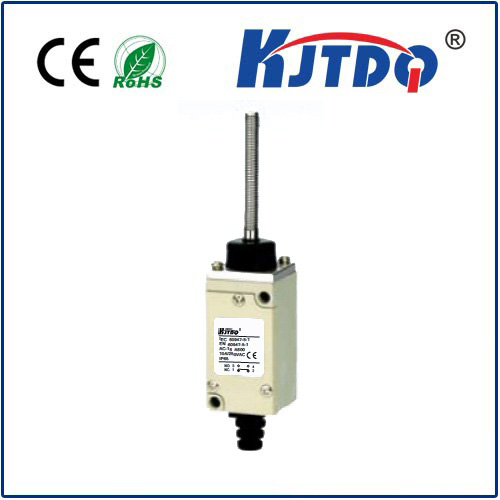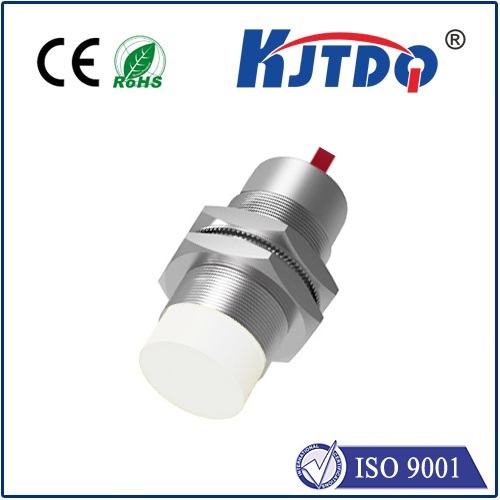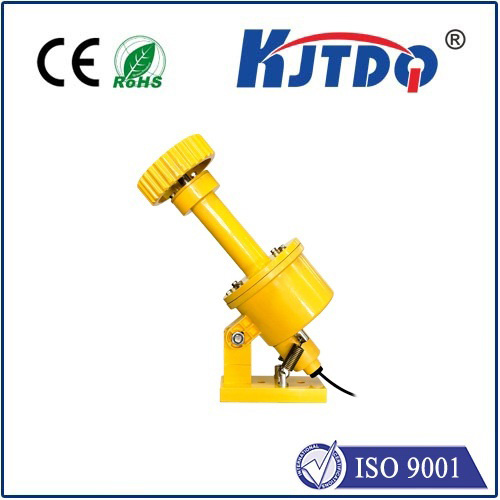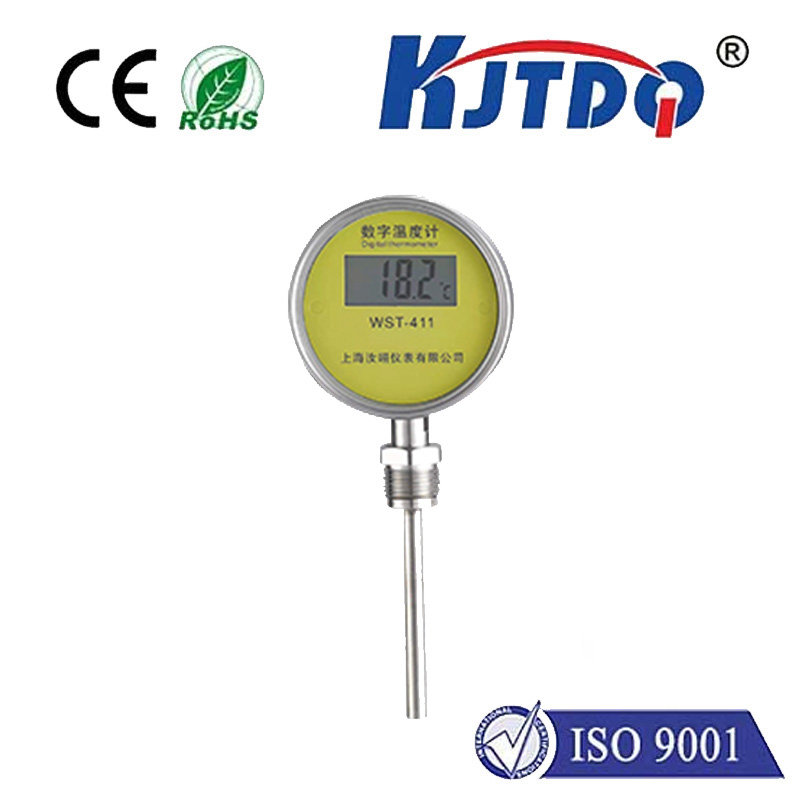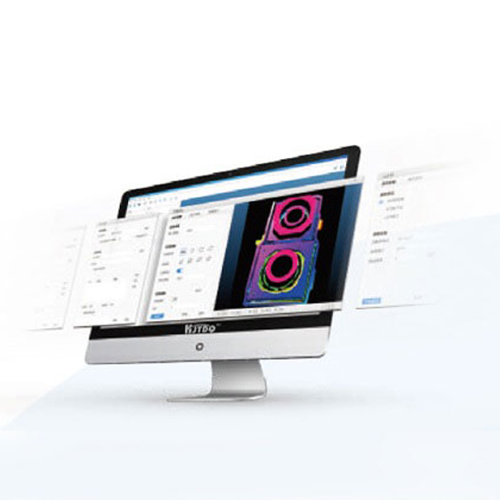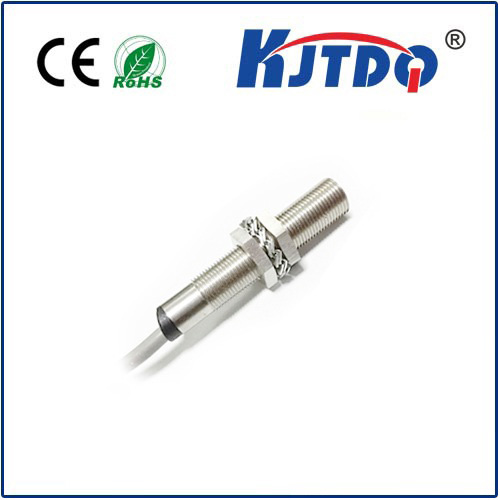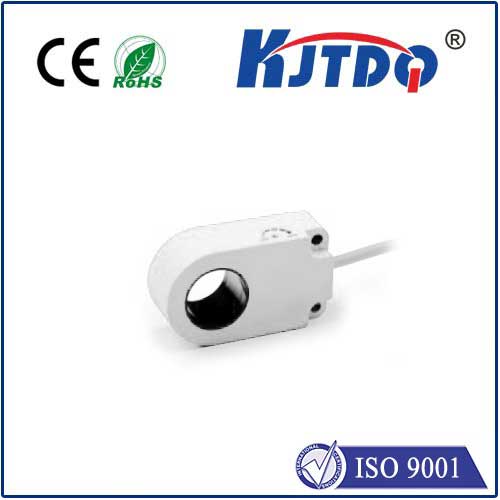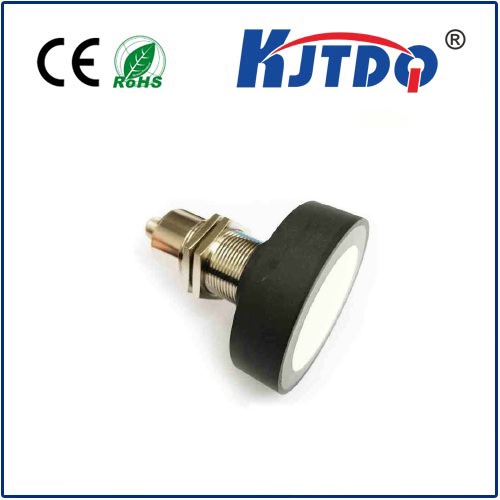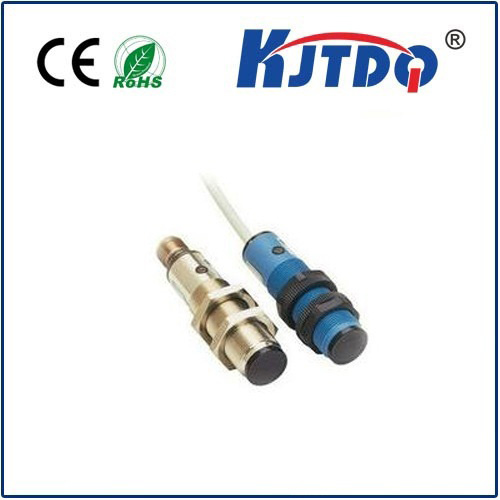BES021U proximity sensor
- time:2025-10-02 07:35:21
- Нажмите:0
Unlocking Precision Detection: Your Guide to the BES021U Inductive Proximity Sensor
In the intricate dance of modern automation, where machines must sense and react to their environment with unerring accuracy, proximity sensors are the silent sentinels. Among these crucial components, the BES021U inductive proximity sensor stands out as a remarkably robust and dependable solution for countless industrial applications. If you’re navigating the complexities of object detection in demanding settings, understanding the capabilities of the BES021U is key to optimizing your system’s reliability and efficiency.
More Than Just a Switch: The Essence of Inductive Sensing
Unlike optical sensors relying on light beams or capacitive sensors detecting changes in electrical fields, inductive proximity sensors like the BES021U operate on a fundamental principle: electromagnetic induction. They generate a high-frequency oscillating electromagnetic field from their sensing face. When a ferrous metal (like iron or steel) or non-ferrous metal (like aluminum, brass, or copper) target enters this field, it disrupts the oscillation. This disruption is detected by the sensor’s internal circuitry, triggering a clean, electrical switching signal – typically opening or closing a circuit – without any physical contact. This contactless operation is a core advantage, leading to exceptional longevity and reliability, free from mechanical wear and tear.
The BES021U: Engineered for Endurance and Performance

The BES021U proximity sensor isn’t just another sensor; it’s engineered with specific features that make it a go-to choice for challenging industrial environments:
- Robust Construction & Protection: Housed in resilient PPS thermoplastic, the BES021U boasts an IP67 protection rating. This signifies superior defense against dust ingress and the ability to withstand temporary immersion in water (up to 1m for 30 minutes). It shrugs off the harsh realities of factory floors – dirt, oil, coolants, and incidental splashes are no match.
- High-Temperature Champion: One of its most defining capabilities is its operating temperature range. The BES021U reliably functions in ambient temperatures from -25°C to +100°C. This extended high-temperature tolerance makes it uniquely suited for applications near ovens, furnaces, foundries, welding stations, or any process generating significant heat where standard sensors would fail prematurely.
- Precision Sensing: Offered in various sensing distances (sn) like 1.5mm, 2mm, 4mm, and 8mm, it provides the flexibility needed for different mounting and target requirements. Its stable switching characteristics, even in fluctuating environmental conditions, ensure consistent detection accuracy.
- Electrical Reliability: Featuring EMC (Electromagnetic Compatibility) compliance, the BES021U operates reliably in electrically noisy environments without generating excessive interference itself. Available in both PNP (Normally Open or Normally Closed) and NPN (Normally Open or Normally Closed) output configurations (typically 3-wire), it offers compatibility with a wide range of PLCs (Programmable Logic Controllers) and control systems. Its impressive switching frequency allows it to detect rapidly moving targets effectively.
- Flush Mounting Capability: Many variants of the BES021U sensor allow for flush mounting. This means they can be installed embedded in metal brackets without loss of function (for ferrous targets), providing protection against mechanical damage and a streamlined installation profile.
Where the BES021U Truly Shines: Real-World Applications
The combination of durability, temperature resilience, and reliable detection makes the BES021U inductive proximity sensor invaluable across diverse sectors:
- Automotive Manufacturing: Monitoring high-temperature processes like welding robots, paint drying ovens, die-casting machines, and engine assembly lines. Its resilience to heat, oil, and vibration is critical here.
- Metal Fabrication & Foundries: Detecting metal parts on conveyors near presses, stamping machines, furnaces, and during heat treatment processes. The +100°C rating is often essential in these environments.
- Packaging Machinery: Counting metal caps, detecting cans or metal lids on high-speed filling and capping lines, even within washdown areas (thanks to IP67).
- Перевозка материалов: Verifying the presence of pallets, carts, or metal carriers on automated guided vehicles (AGVs) and conveyor systems in warehouses and distribution centers.
- Food & Beverage Processing (Secondary Packaging): While not typically for direct food contact areas due to material considerations, it excels in detecting metal components of packaging (cans, lids, foil seals) on conveyors post-processing, including areas requiring washdown.
- Machine Tooling: Used for tool positioning, workpiece presence detection, and end-of-travel sensing within CNC machines and lathes, often exposed to metal shavings and coolants.
- Plastics Industry: Monitoring ejector pins, mold closures, and part ejection on injection molding machines, where ambient temperatures can rise significantly.
Implementing the BES021U: Maximizing Performance
To leverage the full potential of your BES021U proximity sensor, consider these practical tips:
- Mounting: Ensure accurate alignment between the sensor face and the target. Maintain the specified sensing distance (sn), accounting for any reduction factors (typically around 0.8) for non-ferrous metals like aluminum. Flush mounting is recommended where possible for protection.
- Target Material: Remember, inductive sensors primarily detect metallic objects. The sensing distance can vary depending on whether the target is ferrous (strongest signal) or non-ferrous. Always refer to the datasheet for specific reduction factors.
- Target Size: The target must be large enough to reliably trigger the sensor within its rated sensing distance. Standard minimum target sizes are usually specified as a square with sides equal to the sensor’s face diameter or the rated sensing distance (sn), whichever is larger.
- Environmental Factors: While the BES021U is robust, avoid mounting sensors directly facing other metal objects (aside from the intended target) in close proximity to prevent interference. Ensure wiring is routed away from high-current cables to minimize electrical noise susceptibility.
- Wiring: Correctly connect the power supply (10-30V DC) and load according to the specific output configuration (PNP or NPN, NO or NC) as indicated on the sensor’s label. Proper grounding is essential.
The Indispensable Workhorse for Demanding Detection
In the quest for reliable, non-contact metal detection under tough conditions, the BES021U inductive proximity sensor proves its worth repeatedly. Its blend of outstanding temperature resilience (up to +100°C), robust IP67-rated housing, and consistent, high-performance sensing makes it far more than just a component – it’s a cornerstone of dependable automation. Whether shielding against intense heat, battling dusty or wet environments, or demanding precision in high-speed processes, the BES021U proximity sensor delivers the rugged reliability engineers count on to keep systems running smoothly and efficiently. When detection must endure, the BES021U is engineered to answer the call.

